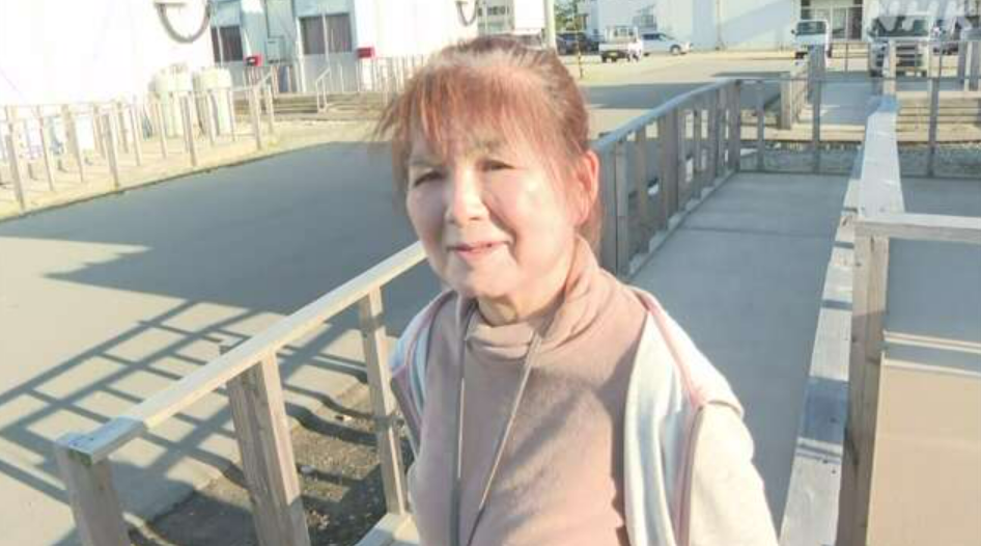Ishikawa Earthquake 2025: Serious damage forecast and Evacuation challenges
Date: 2025.06.19
📌 News Summary: Ishikawa Earthquake 2025: Serious damage forecast and Evacuation challenges
Source: NHK | Latest update: June 1, 2025
1. General Background
Ishikawa Prefecture is facing a heightened natural disaster threat after releasing a new earthquake damage forecast in May 2025—its first in 27 years. This comes in the aftermath of the devastating January 1, 2024 earthquake in the Noto Peninsula, which severely impacted areas like Wajima, Suzu, and Noto, placing immense strain on local disaster response systems.
Alongside this forecast, on-the-ground realities indicate that some evacuation shelters—especially in Wajima—remain unsafe and face increased risks with the approaching rainy season.

2. Key Earthquake Scenarios
🔹 (1) Morimoto–Togashi fault zone (Primary impact on Kanazawa)
Affected areas: Kanazawa, Tsubata, Hakusan
Estimated magnitude: M7.2
Forecasted damage:
– Nearly 47,000 homes destroyed or burned
– Approximately 2,212 deaths, mainly from building collapses
– Around 190,000 evacuees within a week
– Nearly 800,000 residents without water, and 300,000 homes without electricity
Risk classification: S Rank (highest risk), with a 2–8% chance of occurrence in the next 30 years
🔹 (2) Offshore fault zone, Northern Noto Peninsula
Estimated magnitude: M8.1
Severely affected areas: Wajima, Suzu, Anamizu, Noto
Forecasted damage:
– 23,956 houses destroyed or burned
– 1,286 deaths
– 60,000 without water, 30,000 homes without electricity
However, due to the recent 2024 quake in this area, short-term recurrence probability cannot yet be accurately determined.
3. Other regions and fault lines (Summary)
| Fault Zone | Magnitude | Houses Destroyed/Burned | Estimated Deaths | Evacuees (After 1 Week) | 30-Year Probability |
|---|---|---|---|---|---|
| Tonami (West) | M7.2 | 23,715 | 920 | 11,1747 people | ~0–2% |
| Shogawa | M7.9 | 34,068 | 1,501 | 14,0144 people | ~0% |
| Fukui (Main) | M7.6 | 38,148 | 1,782 | 8,8059 people | ~0–0.07% |
| Notokaigan | M6.9 | 5,052 | 196 | 8,472 people | No evaluation available |
| Monzen | M7.5 | 9,444 | 309 | 17,211 people | Not yet evaluated |
| Nanao Bay (East) | M7.6 | 29,659 | 1,434 | 5,0173 people | Not yet evaluated |
| Ouchigata | M7.6 | 22,277 | 882 | 7,2149 people | ~2% |
4. Recovery efforts & Local responses
Noto Town: Efforts include expanding self-governing disaster prevention teams and providing financial aid for emergency food and water supplies. However, as of 2023, only 32.4% of neighborhoods had such teams, a rate hindered by post-disaster population decline.
Kanazawa: Roughly 47% of homes in central Kanazawa were built before 1981 under outdated building standards. The city urges owners to assess and retrofit or rebuild, but cost and relocation difficulties for tenants present major barriers.
5. Expert and Resident opinions
Professor Emeritus Miyajima (Kanazawa University): Stresses the importance of “making this forecast widely known and reinforcing community-based disaster preparedness,” especially in Kanazawa—a high-risk city with insufficient preparation.
Residents affected by the 2024 quake: Express regret that it took 27 years to update the forecast, noting earlier action could have reduced losses.

6. Current condition of evacuation shelters – Alarming situation in Wajima
On June 1, 2025, NHK reported that one of Wajima’s designated “emergency evacuation shelters”—Urakami Community Center—is no longer considered safe.
Location: Urakami Community Center, Wajima
Incident: Severely flooded during the September 2024 storm, and no replacement facility has been established
Affected residents: ~160 people (living in Urakami No. 1 temporary housing)
Main concerns:
– Single-story building in a known flood-prone area, posing high risk in future disasters
– High elderly population, no personal transportation; evacuation requires 80 vehicles, which aren’t available during working hours
– Backup evacuation plan involves relocating to a middle school or another center over 3 km away, with insufficient transport and support
7. Current actions and Expert recommendations
a. Wajima City Authority
Maintains Urakami Community Center as an emergency shelter due to lack of alternatives. Authorities admit it’s no longer safe given its low elevation and one-story design. Plans are under review to provide designated bus transport for elderly and mobility-impaired individuals to safer shelters like:
– Monzen Junior High School (elevated, 3 km away)
– Monzen Community Center (outside danger zone)
b. Urakami No.1 temporary housing Community
Residents have formed a self-governance committee and are creating a detailed evacuation plan, including:
– Grouping and support for the elderly and vulnerable
– Listing available vehicles (an estimated 80 needed for full evacuation)
– Conducting evacuation drills and early communication campaigns
c. Major challenges:
– Many residents lack personal vehicles
– During business hours, both manpower and transport are limited
– Some remain unaware of disaster alerts or are unfamiliar with early evacuation procedures
d. Recommendations from Prefectural and National Authorities
Local governments are urged to:
– Reassess all existing shelters, especially those previously flooded
– Improve transparency and deliver warnings directly to residents—not just via posters
– Consider constructing or upgrading temporary shelters near relocation areas
Ministry of Internal Affairs & Disaster Management Agency Recommendations:
Do not rely solely on designated “emergency shelters”. Instead, diversify flexible evacuation points depending on the disaster type (earthquake, flood, landslide, etc.)
8. Conclusion and Next Steps
Ishikawa Prefecture—especially Kanazawa and Wajima—faces imminent risks of earthquakes and natural disasters. Continuous updates and improvements to disaster preparedness plans are essential. Replacing unsafe shelters, especially in Wajima, must be prioritized to protect the population, particularly the elderly.
Governments must invest in safer housing and infrastructure, while enhancing public awareness and education on disaster prevention. Cooperation among local communities, self-help groups, and experts will strengthen response capacity. Developing early warning systems and accessible transportation for evacuation is a critical future strategy.






